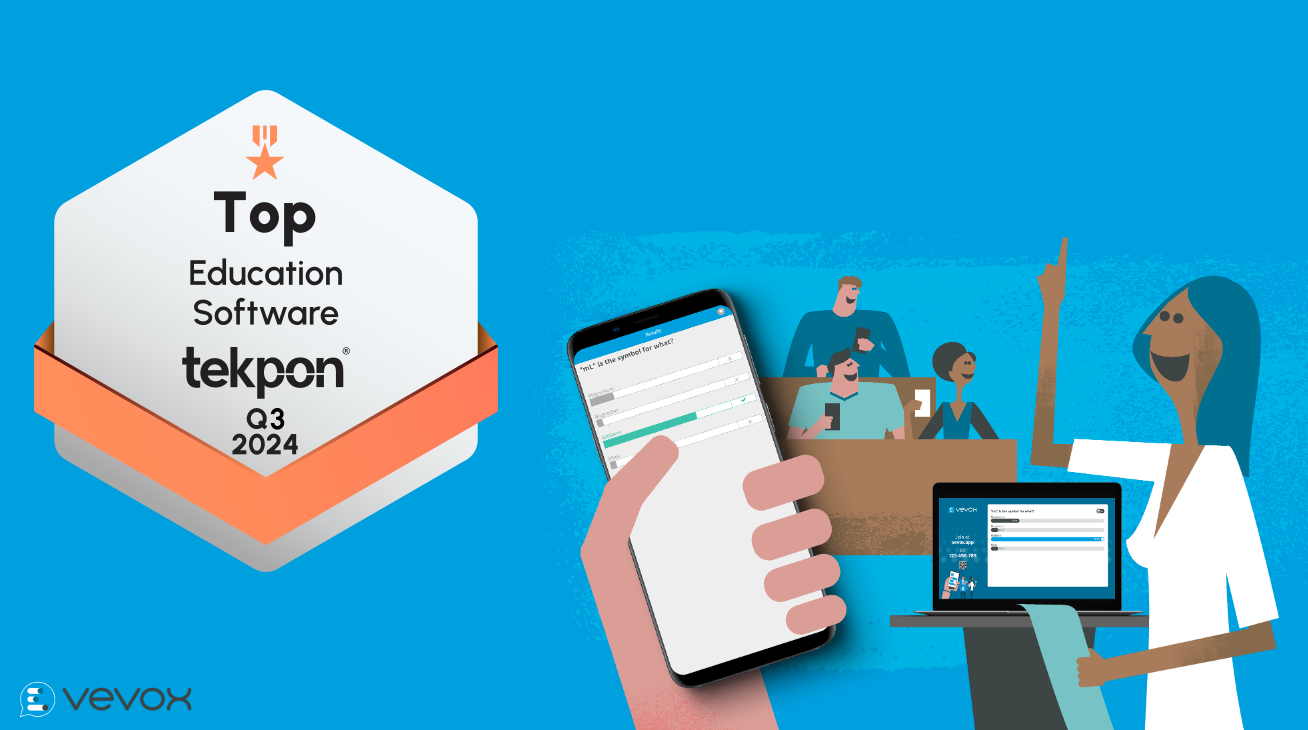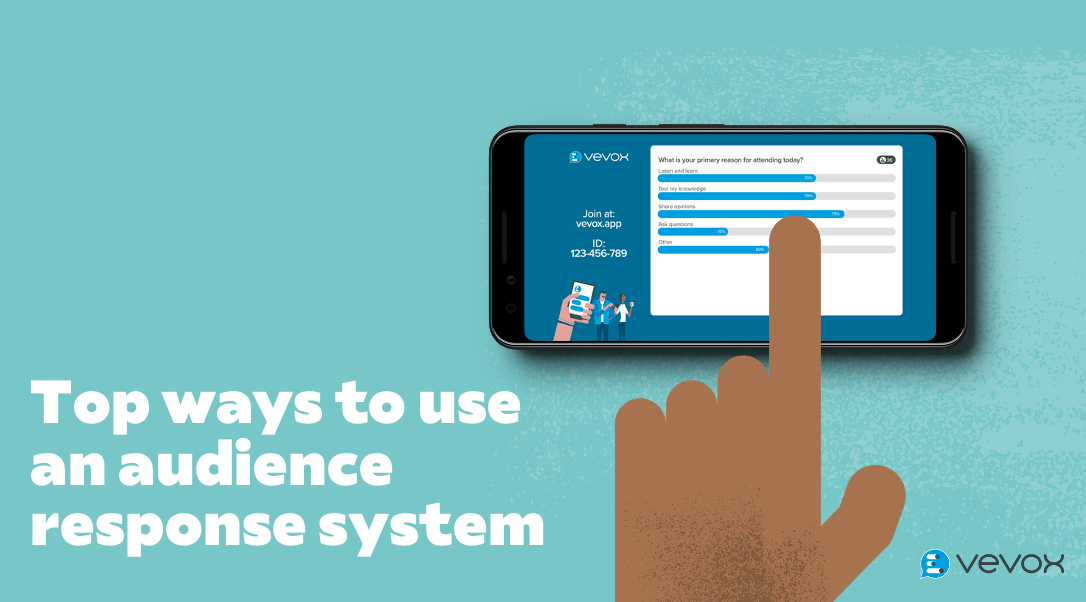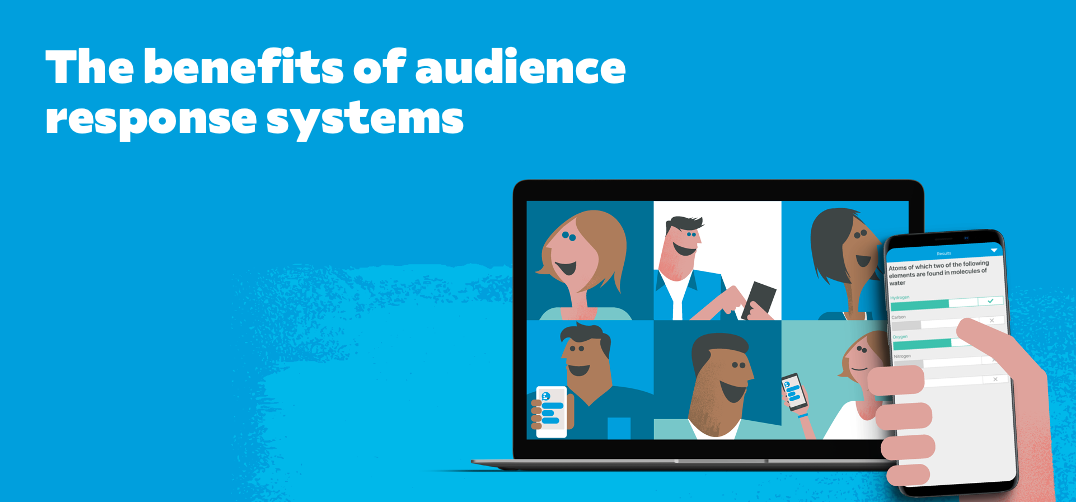The term lecture is derived from a Middle English word with Latin roots, lēctūra meaning “a reading.” This isn’t merely pedantic and pointless semantics, but reflects the fact that, however perceived, the lecture is a vestige of a past educational system. It came from the pre-print era, the manuscript era, when original texts were scarce and were declaimed to students whose own notes then themselves became the staple of University teaching. This is important because there is a body of opinion that the Lecture has had its day; that it was designed for the time of Chaucer and yet has persisted into the era of e-learning.
At Vevox we believe that the Lecture is not an anachronism that persists solely because of apathy, tradition, and the absence of alternatives. But rather a Live Event that, with the right level of interactivity, remains the most effective platform for learning.
The following three arguments are those that are most commonly deployed against the lecture, and have been derived from a host of blogs and articles:
-
One-way: Lecturers expound information to students, who have little or no opportunity to provide their own personal input, or question the information being delivered. Sometimes, it is contended, the student will even be forced to concur with the dialectic of a lecture if they want a passing grade.
-
Passive: The lecture can prove to be an entirely passive experience for students. An absence of discussion of ideas can devalue the ideas themselves to a student. After all, the point of education isn’t to be programmed to think a certain way, according to your instructor’s lectures, but to analyse information in a critical fashion and learn how to apply it in different contexts. If a student has no opportunity to interact with the course material and crucially with the person delivering the lecture, they will receive only a shallow understanding of the subject being discussed. Simply put, they might even be bored by the material because they will have no opportunity to learn how the subject applies to them on a personal level.
-
Intimidating: The act of learning often requires the acknowledgement of what is not known. The raised hand and open forum as a means of soliciting student feedback inevitably leads to dominance of the brash and the confident and marginalises the modest and reticent who may be less likely to push themselves forward or more likely to fear ridicule for voicing an opinion or exposing ignorance.
The answer to these criticisms lie in the effective deployment of interactive technology that provides effective interaction between the lecturer and the student. David Warlick, a noted US educator wrote, “We need technology in every classroom and in every student and teacher’s hand, because it is the pen and paper of our time, and it is the lens through which we experience much of our world.” This is a telling axiom, worthy of repetition.
Class participation tools can facilitate student engagement with each other, the subject content and the lecturer. They enable students to interact in large lectures by answering questions, leading to an improved understanding of the content. They give each student a voice and an opportunity to share their opinions and contribute to the session – ideal for those quieter students who are not often heard in large teaching spaces.
At Vevox, we create engagement technologies that can transform the learning experience by fostering engagement. Our technology is informed and shaped by the feedback, intelligence and needs of lecturers and students alike. Given proper levels of engagement, the Lecture and Lecturer will remain at the heart of learning through this era and beyond.
Want to try a student response system and engagement tool for your lectures, try Vevox here for free!





